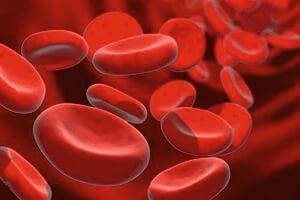- All review

In the process of human life its body is constantly exchanging energy and substances with the environment. So we get the structural elements for building the cells of our body, and we derive unnecessary residues and metabolic products, which often have toxic effects. In some diseases, harmful metabolic products can accumulate in the body, poisoning it. Often toxic substances enter from the outside (with food, water, air, through the skin). In most cases, the body, due to the neutralizing effect of the liver, kidneys and other organs, neutralizes these substances, binds and displays, but there are poisonings in which the natural mechanisms of detoxification do not work. Here, one has to use efferent therapy, that is, direct removal of toxic substances from the internal environment of the body (plasmapheresis, hemodialysis, peritoneal dialysis, hemosorption, etc.)
Plasmapheresis is a method of extracorporeal (carried out outside the body) detoxification, when applied, the patient's blood is divided into two fractions. The liquid part (plasma), together with the nutrients, salts, proteins, toxins dissolved in it, is collected separately and disposed of, and the other, consisting of the uniform elements (cells) of blood, is returned back to the body. There are two main methods for plasmapheresis - classical and membrane plasmapheresis. The first method is out of date. Its disadvantage is the inability to instantly take large volumes of plasma, and, accordingly, low efficiency. Membrane plasmapheresis, which is performed by the Bogoliuby Medical Center, allows for the removal of approximately 10 ml of plasma per kg of patient’s body weight in one session. At the same time, the procedure remains safe, since at the same time the device takes no more than 10-30 ml of blood from the body. Next, the apparatus on a membrane filter separates the plasma and directs it into a special container, and the formed elements of the blood returns to the vascular bed of the patient. Next, the cycle is repeated until the required volume of the removed plasma is reached. Blood is drawn and returned through the same vein. The procedure is painless. There is no risk of infection of the patient, since all consumables (plasma filter, a set of highways, etc.) are disposable, and the device itself does not directly come into contact with blood. In addition to exo and endotoxins, when applying membrane plasmapheresis, all components of humoral immunity are excreted, which play a key role in the development of pathological processes such as psoriasis, toxicoderma, rheumatism and other connective tissue diseases, ulcerative colitis and Crohn's disease, myasthenia gravis, demyelinating diseases, etc. Also. plasmapheresis is prescribed for antiphospholipid syndrome, rhesus conflicts, severe toxicosis of pregnant women, and some forms of immunological infertility.
